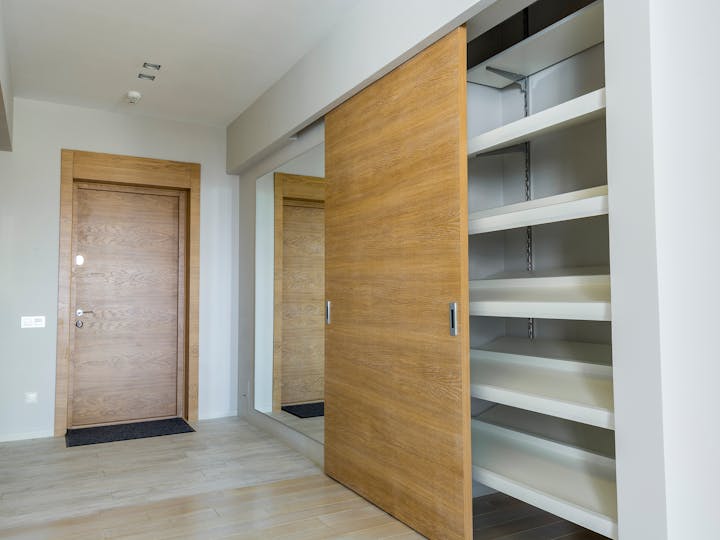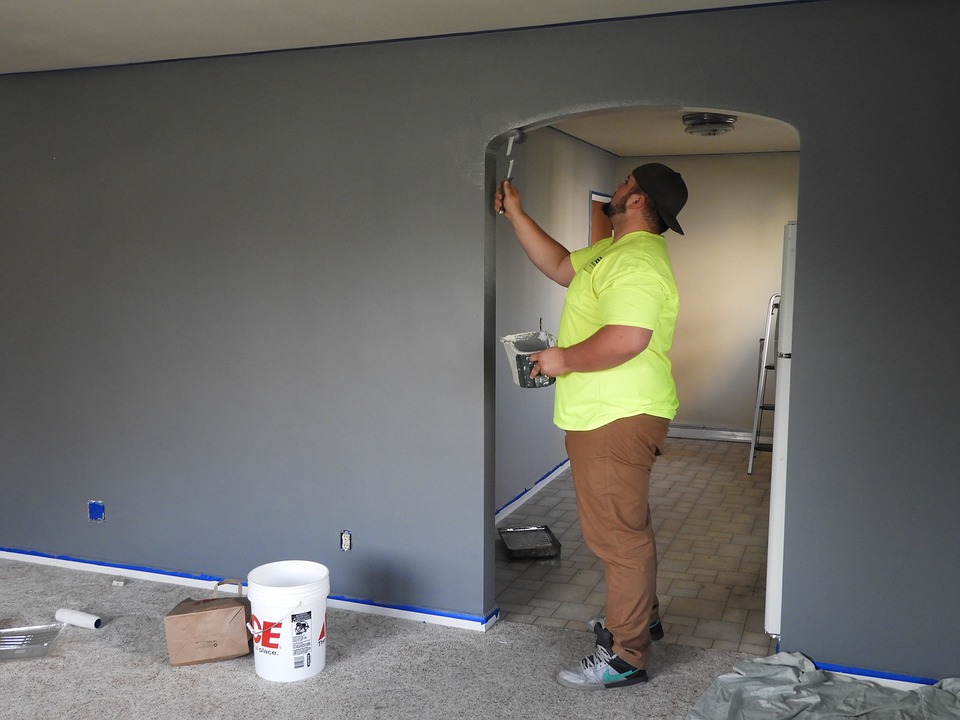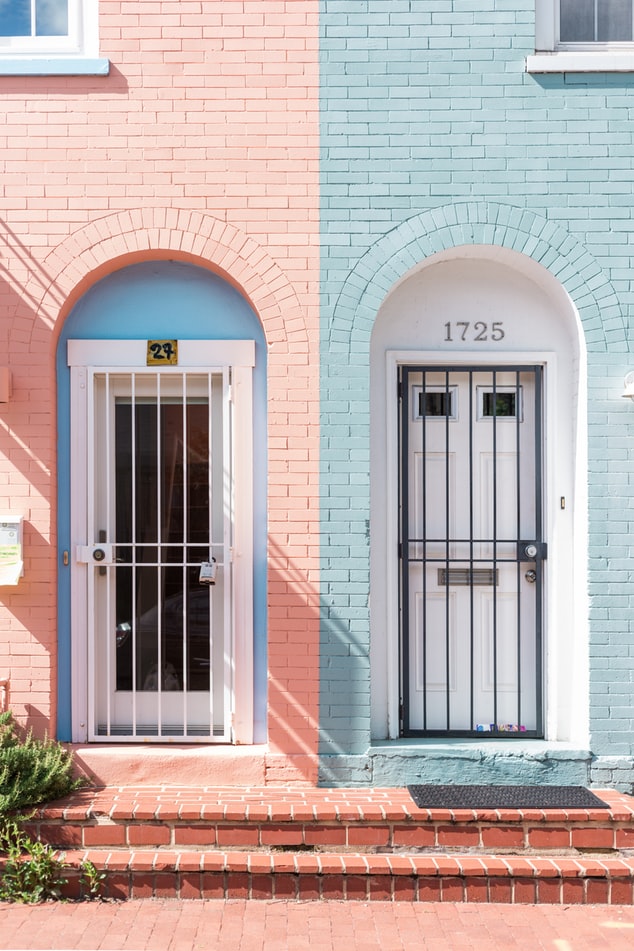Choosing the right wardrobe for your home goes beyond just picking a colour or finish – the style of the doors can also have a big impact on both the look and functionality of your space.
Sliding wardrobes and hinged doors each offer unique advantages, from maximising floor space to providing full access to your belongings. In this guide, we’ll compare the two styles, helping you decide which wardrobe works best for your room, lifestyle, and design preferences.
Sliding wardrobes vs hinged doors – what’s the difference?
The main in difference between these wardrobes lies in how the doors operate and how they interact with your space.
Sliding wardrobes feature doors that glide along tracks, moving sideways rather than swinging open. Hinged doors, on the other hand, swing outward on hinges, much like a traditional door. Both bring their own benefits and challenges.
Space and layout considerations
The layout and size of your room are important considerations when it comes to deciding what type of wardrobe will work best.
Maximising small spaces
In compact bedrooms or narrow spaces, sliding wardrobes are often the most practical solution. You don’t need to leave clearance in front of the wardrobe because the doors glide along tracks rather than swinging outward. This makes it possible to position a bed, desk, or chair closer to the wardrobe without blocking access.
Sliding doors can also incorporate mirrors, which reflect light and visually expand the room, making it feel larger and brighter. For awkward corners or rooms with limited circulation, sliding wardrobes can provide seamless storage without disrupting the layout.
Fitting wardrobes in larger rooms
Larger rooms offer more flexibility, so hinged doors are often a viable and attractive option. Hinged doors swing outward, allowing full visibility and access to the wardrobe’s interior at once, which is particularly useful for organising clothes, shoes, or accessories.
In spacious bedrooms, the outward swing won’t interfere with other furniture, so you can choose wider wardrobes or double doors without worrying about space. Hinged doors also allow for a range of decorative designs, from classic panelled doors to more ornate finishes, which can give the room a timeless, elegant feel.
Style and design impact
Beyond functionality, the style of your wardrobe can significantly influence the overall look and feel of your room. Choosing the right door type can either complement your interior design or become a statement feature in its own right.
Contemporary and modern looks
Sliding wardrobes are often associated with modern, minimalist interiors. They have clean lines and smooth, uninterrupted surfaces which create a streamlined appearance, ideal for contemporary spaces. They can be customised with sleek finishes such as mirrored panels, frosted glass, or high-gloss lacquered doors to enhance the sense of light and openness.
Sliding wardrobes can also be fitted with integrated handles or handle-free designs, keeping the aesthetic uncluttered. This versatility allows them to blend seamlessly into modern bedrooms while providing a chic, sophisticated look.
Traditional and classic aesthetics
Hinged doors are a natural fit for traditional or classic interiors. Their outward-swinging design works well with panelled doors, decorative mouldings, and ornate handles, offering a sense of elegance and craftsmanship.
They can accommodate a variety of finishes, from painted timber to rich wood veneers, making it easier to match existing furniture and architectural features. Hinged doors can also give a more substantial, grounded feel to a room, which can complement heritage properties or spaces where a warm, timeless atmosphere is desired.
Functionality and convenience
When choosing a wardrobe, style isn’t the only consideration. How easy it is to access your belongings and organise your space can make a big difference to daily life.
Ease of access
As mentioned, hinged doors provide full, unobstructed access to the interior, making it simple to see and reach every item at once. This can be particularly helpful for larger wardrobes or for users who prefer to organise clothing by type, colour, or outfit.
Sliding doors, while saving space, only allow access to one section of the wardrobe at a time, which may require a little more planning when storing and retrieving items. However, sliding systems often incorporate smooth, easy-glide mechanisms, so opening and closing doors requires minimal effort.
Storage and organisation options
Both wardrobe types can be highly functional, depending on the internal layout. Sliding wardrobes maximise floor space, which often allows for more internal storage in smaller rooms, making them ideal where every inch counts. Hinged doors, however, require space for the door to swing open, which can mean sacrificing some internal storage to ensure clearance.
Both wardrobe types can typically accommodate deep compartments, double-hanging rails, larger drawers, or specialised storage for accessories and footwear, offering flexibility in how you organise your belongings.
Maintenance and durability
When investing in a wardrobe, it’s important to consider how much time and effort you’ll need to keep it looking and functioning well. Different door styles can have varying maintenance needs and long-term durability.
Cleaning and upkeep
Sliding doors generally require regular attention to their tracks to ensure smooth operation. Dirt or debris can cause the doors to stick or squeak, so it’s recommended to clean them regularly, and keep them lubricated.
Hinged doors are simpler in this respect, as there are no tracks to maintain – just hinges and handles. However, it’s worth noting that both these features may need tightening over time to keep them secure. Both styles will need regular dusting and cleaning of the door surfaces, whether they are timber, lacquered, or glass.
Longevity and wear
Sliding wardrobes rely on rollers, tracks, and mechanisms that can wear over time, particularly with frequent use, so it’s crucial to opt for high-quality fittings to ensure they’re durable. Hinged doors, by contrast, are typically more robust and less prone to mechanical issues, as their operation is more straightforward.
Choosing well-made materials and professional installation will extend the lifespan of either style, ensuring that your wardrobe remains functional and attractive for years to come.
Making the right choice for your home
Ultimately, the best wardrobe style depends on a combination of your space, lifestyle, and personal preference. Sliding doors are ideal for smaller rooms or modern interiors, offering space-saving benefits and a sleek, contemporary look. Hinged doors might suit larger rooms and traditional interiors better, providing full access to the wardrobe interior and a classic, timeless appeal.
You should consider how you use your wardrobe day to day: do you prioritise maximising floor space, or do you want unrestricted access to every corner of your storage? Think also about the style of your room and how the wardrobe will complement it. By weighing these factors carefully, you can choose a wardrobe that not only meets your practical needs but also enhances the overall look and feel of your home.



